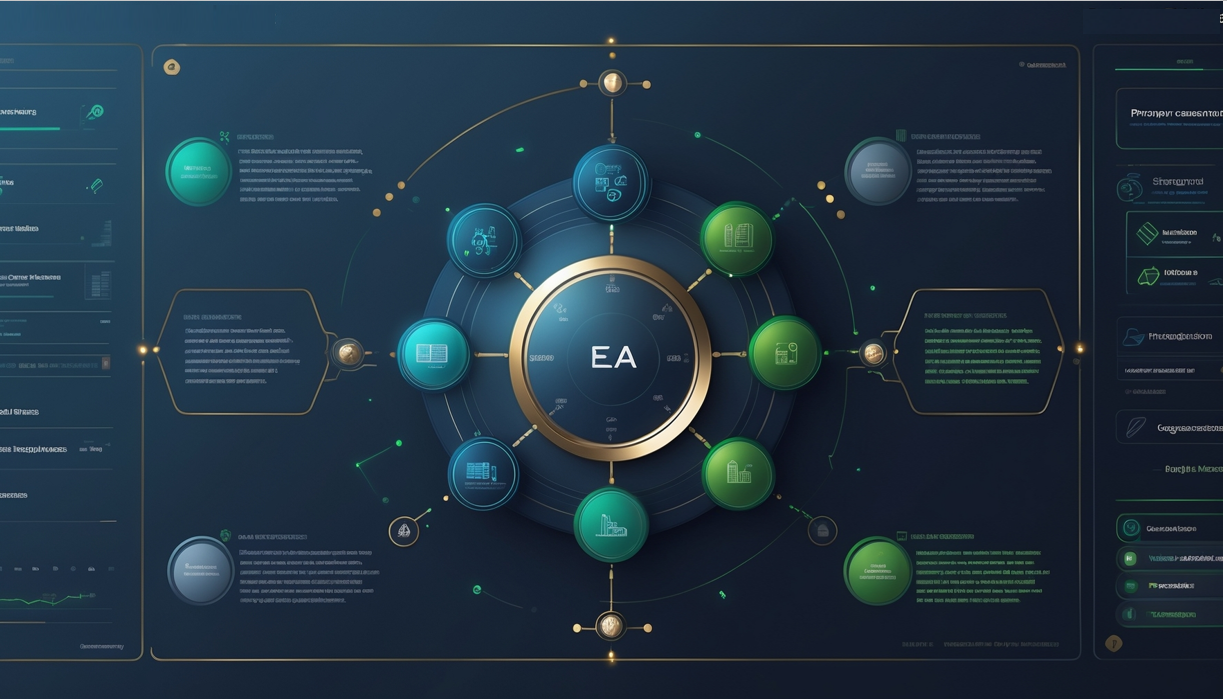
The Cultural Dimension of Digital Transformation: Beyond Technology Adoption
Digital transformation succeeds not through systems, but through the shared beliefs that interpret them. This essay explores culture as the invisible infrastructure of change—how organizations evolve from hierarchy to learning systems, from control to connection, and from culture fit to culture flow. Because technology transforms nothing unless culture can keep up.








